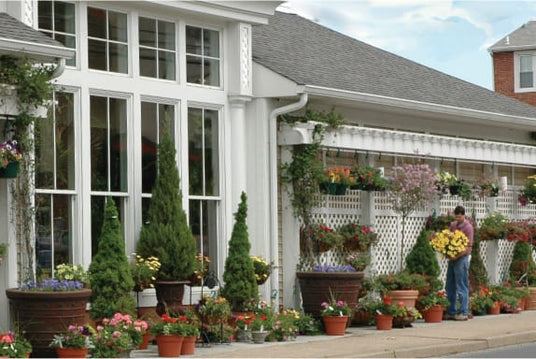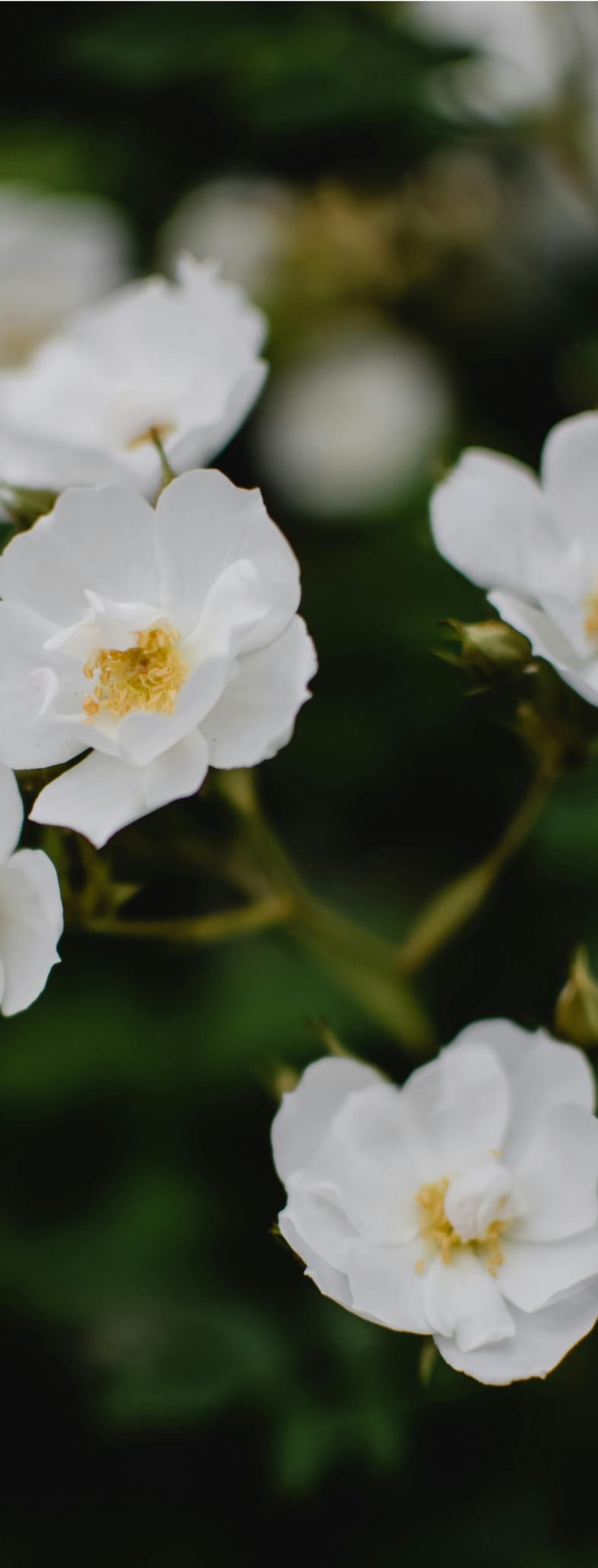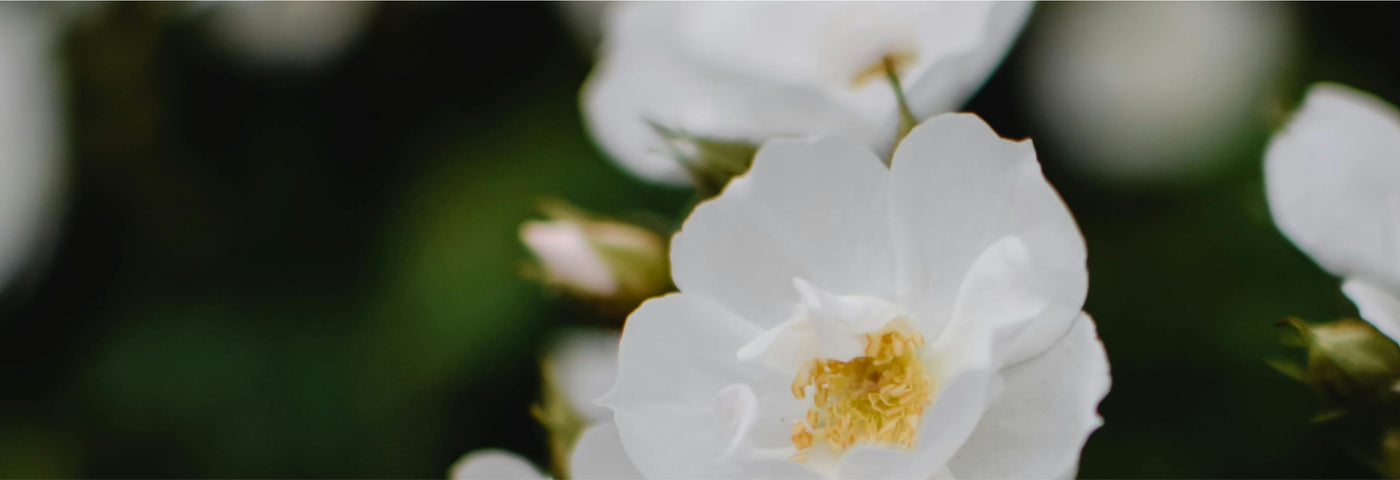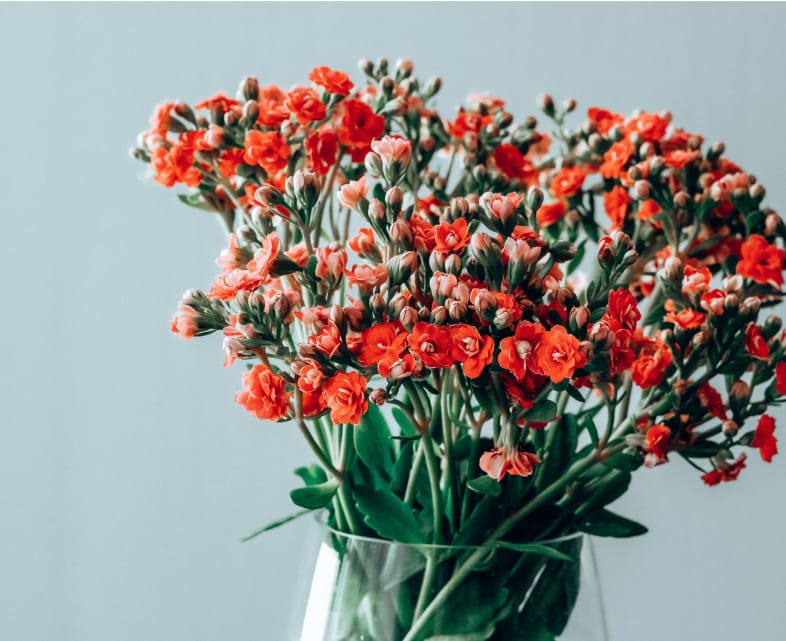Arizona's Grand Canyon
Many know that the Colorado River is one of the forces responsible for carving out the Grand Canyon nearly six million years ago. According to the National Park Foundation, however, there is evidence that the formation actually began as several smaller canyons around 70 million years ago that over time became the spectacle that we know today. Draw upon the Grand Canyon's beauty to select a flower arrangement Arizonans will love by choosing:
Layering. One of the primary features of the canyon is the beautiful layering, or striation, of rocks including sandstone, marble, and limestone among others. What makes it more interesting is the discovery that 250 million-year-old rock strata sit directly atop 1.2 billion-year-old rock. This phenomenon in which years of rock formation is missing is called the Great Unconformity.
A flower arrangement can be designed with layering by grouping similar colored blooms together and utilizing a vertical design style. For another option, consider an arrangement designed in a clear glass vase with layers of river rocks and gems in the bottom to lend a natural feel and add a harder texture to the flower arrangement.
Desert Flowers. Although one does not typically think of flowers thriving in a hot desert environment, there are certain varieties suited to this test. Arizona's state flower, for example, is the saguaro cactus bloom, which is a white flower that blooms on the cactus in May and June. While most florists will not typically carry the saguaro bloom, senders can capture its essence by utilizing the popular succulent plant in either a fresh arrangement or dish garden. These plants come in several varieties such as echeveria and haworthia and feature plump, symmetrical leaves that are not quite as prickly as the cacti seen by the side of the road.
Another bloom with desert flair is Eryngium, more commonly known as the blue thistle. This flower is a dusty navy color and can appear with a cone shaped center or as an impressive globe shape with spiky leaves. Pair this with earth-toned flowers in rust, cream, orange, brown, and green and the overall effect will be a desert oasis. Similarly, yellow blooms can be incorporated as seen on Arizona's state tree, the Palo Verde. The tree's name means "green stick" and its yellow flowers can be seen in April and May.
Allow Kremp Florist's knowledgeable associates to help you select a flower arrangement that reflects Arizona's natural landscape. Or, contact the florist for any occasion such as birthdays, get well, sympathy, or funeral flowers. Order online or call Kremp Florist today to schedule your next flower delivery.

![Deepest Sympathy Gourmet Gift Basket]()


































































































































